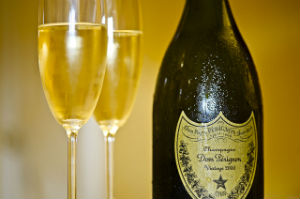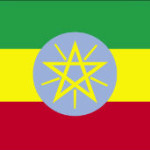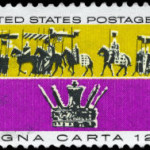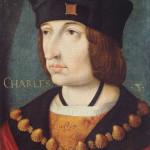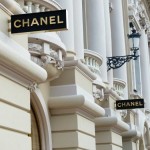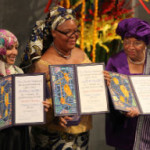History of Champagne
Most people only know a few facts about champagne, such as that it is bubbly, refreshing, and perfect for most celebrations. They might also know that it comes from the French region of Champagne. But fans of champagne should learn a bit more about its history before enjoying another glass of this delicious drink.
How Champagne Differs from Other Alcoholic Drinks
Champagne is sparkling wine that was made in the Champagne region of France, read more about the region here. In fact, any other sparkling wine that was not made in this region is technically not allowed to be called champagne, a rule that 1891’s Treaty of Madrid put into place to protect the area’s economy. Some vintners do try to get around this rule by calling their drinks something slightly different, such as “California Champagne.”
Like most types of wine, champagne is made of fermented grapes. However, champagne goes through the extra step of being mixed with sugar and yeast during secondary fermentation, which is how it becomes bubbly. When the champagne has less than 6 grams of sugar for every liter, it is called extra brut, and it is just brut when it has less than 15 grams of sugar for each liter. Extra dry champagne tends to have more than 15 grams of sugar per liter.
Champagne’s Use in Celebrations
Champagne has a long history of playing an important role in any celebration. The Romans were the first to plant the Champagne vineyards, allowing royalty to start enjoying this beverage as early as the 5th century. Starting around the year 900, every time a new King of France was crowned, everyone celebrated with champagne.
In the 17th century, Dom Perignon worked on improving this beverage, ensuring that only the best grapes were chosen and the champagne ingredients were blended perfectly every time. He also discovered that cork stoppers and sturdy glass bottles could keep this bubbly beverage from exploding while in storage.
These improvements over time have helped champagne remain the go-to drink for celebrations for more than a thousand years. This tradition does not appear to be going away any time soon!

